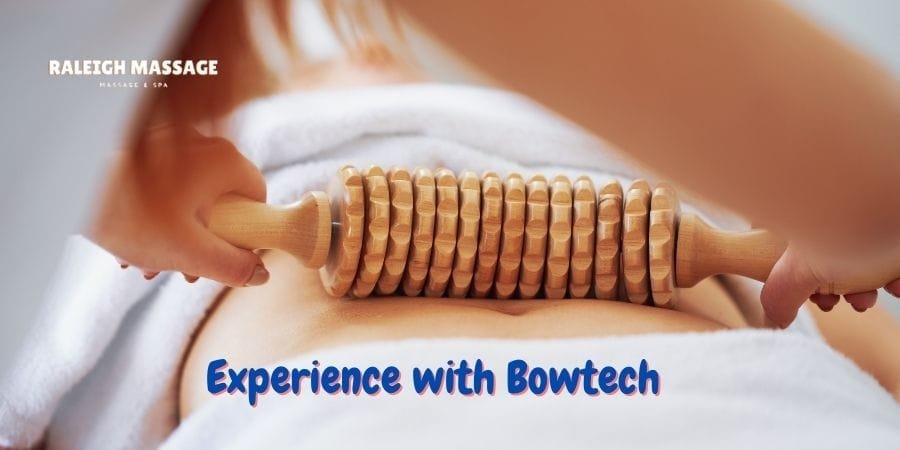If you have heard about the Bowtech Technique and wondered, then this is the place. I want to share with you what it is, how it works, and why it could make a difference in your life.
Understanding the Bowtech Technique
The Bowtech Technique is a form of massage therapy that is directed toward your body’s natural ability for self-healing. It is non-invasive, gentle, and relaxing. It was developed in the middle of the 20th century by Tom Bowen to help people feel better.
This came in handy when, for the very first time I learned about this, I got amazed by just how such a dead-simple approach should really target a variety of physical and emotional challenges. It isn’t like either deep-tissue massage or adjustments of chiropractic adjustment quality. Instead, it involves very exact, rolling manipulations on very specific points on your body, mostly over muscles, tendons, and ligaments.
Bowtech works to send messages through your nervous system to your brain. These messages encourage your body to reset and heal. It’s like hitting a “refresh” button for your body.
How Does It Work?
The Bowtech Technique is different from the other techniques because it works in confluence with the body rather than in opposition to it. Let me explain: In an application, a practitioner applies gentle pressure in a series of moves, then stops at short pauses as you rest.
These pauses are important; they give your body time to process the signals and start the healing process. You might feel the tension melt out of your muscles or a wave of calmness wash over you. Some people even fall asleep during the session!
I found that it works on numerous levels. The technique is not only for pain relief, but it may also balance the body, calm the mind, and sometimes even boost vitality.
Why Choose Bowtech?
If other therapies have not worked for you, then the Bowtech Technique may come as a surprise. It is suitable for nearly everyone, from babies and pregnant women to older adults. The work is non-invasive and gentle, so there is no risk of injury or strain.
Another thing that I like about Bowtech is that it has a holistic approach. It doesn’t just target symptoms but goes down to the root cause of your discomfort. For example, where there is chronic pain at the back, it could address other aspects of the body that could be contributing to it.
Results will vary from person to person. You may feel better after one session, or it might take a few visits for the changes to be more noticeable. In either case, many people report improved sleep, reduced stress, and pain relief.
My Experience with Bowtech
When I tried the Bowtech Technique for the first time, I was skeptical. Could something so gentle really make a difference? But after my first session, I felt a sense of calm and lightness that I hadn’t experienced in years.
It wasn’t just physical. My mind felt clearer, and my mood improved. Over the next few weeks, I noticed less tension in my shoulders and better sleep. That’s when I realized this wasn’t just feel-good therapy—it actually worked.
Who Can Benefit from Bowtech?
You might wonder if Bowtech is right for you. Honestly, it’s worth considering if you deal with any of these:
- Chronic pain
- Stress or anxiety
- Poor sleep
- Digestive issues
- Migraines or headaches
Even if you’re generally healthy, Bowtech can help maintain your well-being. It’s also great for athletes who want to improve performance or recover from injuries.
What to Expect During a Session
If you decide to give Bowtech a shot, here is what you can anticipate: you will be lying on a comfortable table; you will remain fully clothed. The practitioner will use their hands to make some small rolling movements on some parts of your body.
You won’t feel any intense pressure or discomfort. Instead, the moves are so gentle that you might wonder if anything is happening. But trust me, your body is hard at work behind the scenes.
Afterwards, you may be relaxed and even sometimes tired; this is normal. Your body is responding to the treatment.
The Bowtech Technique is more than just a therapy. It’s a way to reconnect with your body’s natural ability to heal. If you’re looking for a gentle, effective approach to better health, give it a try.
Have you ever experienced the Bowtech Technique? If not, what’s stopping you? I’d love to hear your thoughts.
FAQs Bowtech Technique
1. How does the Bowtech Technique work?
The Bowtech Technique works by applying gentle rolling movements to muscles and tissues. These movements supply impulses to your nervous system, encouraging it to reset the body and thus begin its healing process. Pauses between moves give your body time to respond and process the treatment. It’s a natural way of balancing the body.
2. Is the Bowtech Technique safe for everyone?
3. How long does a Bowtech session take?
A typical session could be anywhere from 30 to 60 minutes. The length of time would vary depending upon what is required for each particular person and, of course, the personal approach of the practitioner. You would remain fully dressed, and this session is performed in a comfortable and relaxing position.







